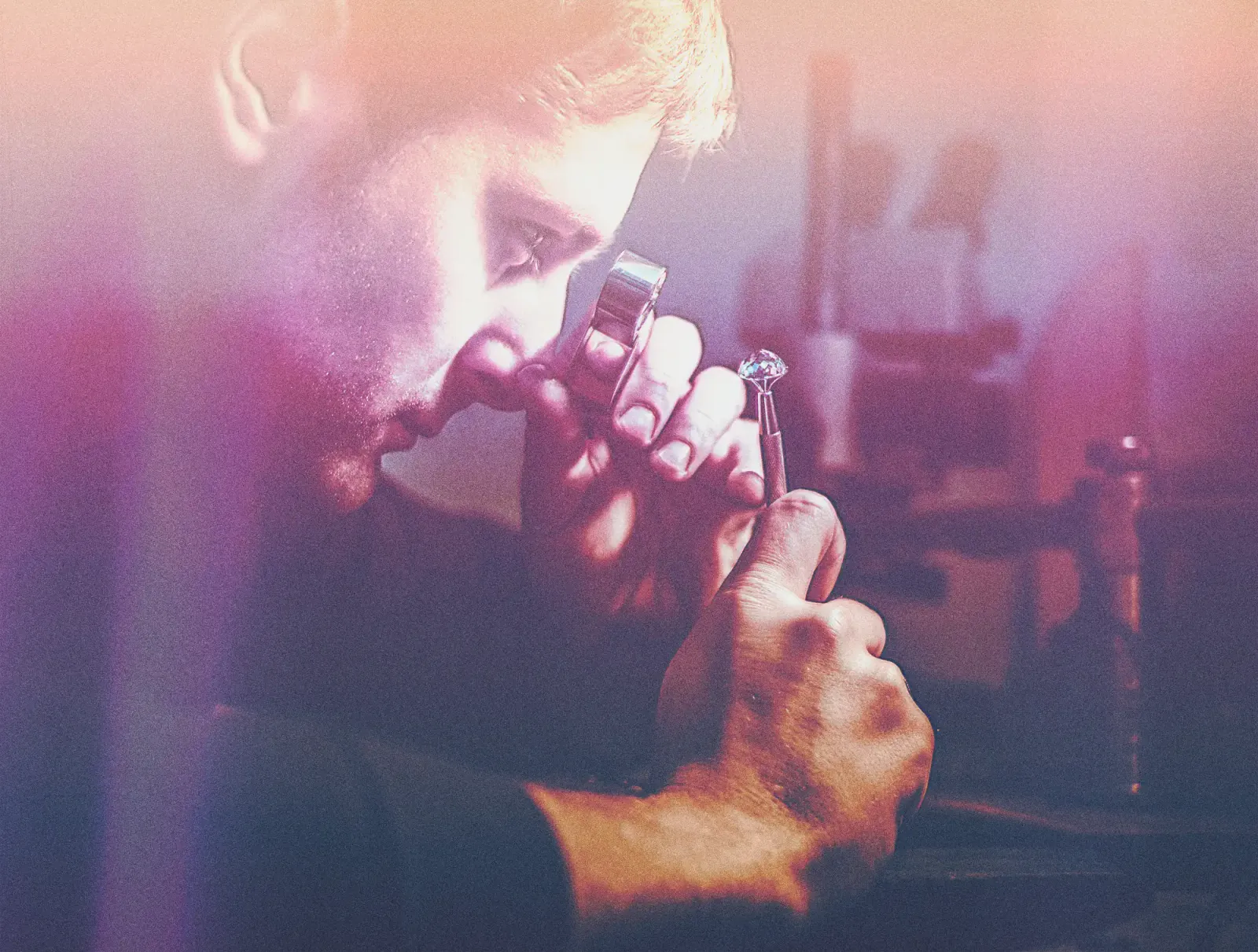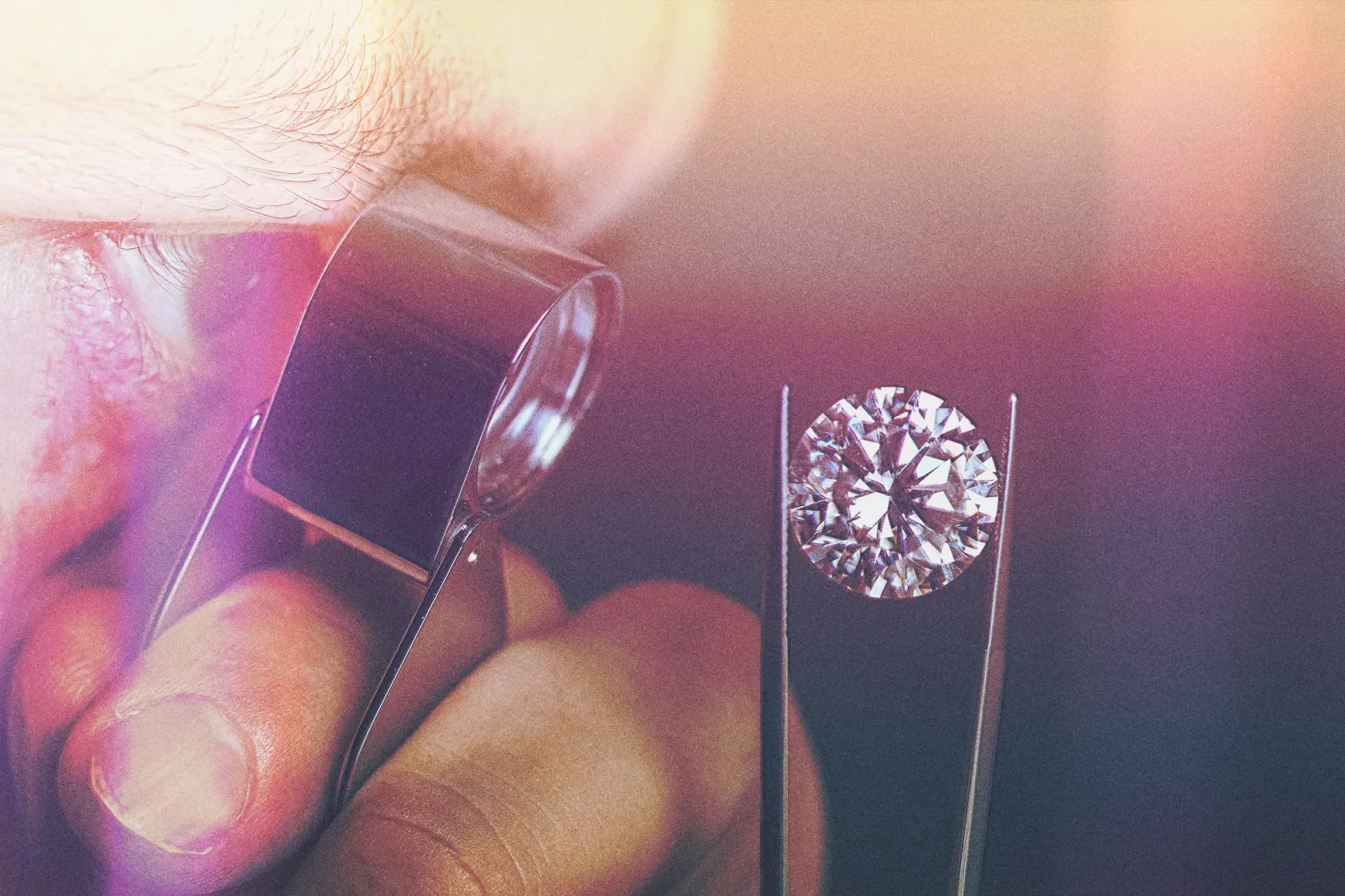Every diamond has its own character, and the four Cs - cut, clarity, carat and color - are the four factors used worldwide to assess the quality of a diamond. No single factor determines the beauty or indeed price of a diamond on its own, and an understanding of each will help you find the diamond that is right for you, your budget, and of course the love of your life.
Cut
Without doubt the most important of the Cs, cut is what gives your diamond its sparkle. Cut does not refer to a diamond’s shape, but to how well light interacts with the facets and angles cut into the stone to reveal its beauty. It takes real expertise to maximize the brilliance of a diamond, and the more precise and skilled the cut and polish, the more light bounces back to the eye, giving a diamond its sparkle and fire.
When a diamond is cut to an excellent or very good standard, the light is perfectly refracted back out, but when a diamond is cut too shallow or too deep, light and therefore beauty is lost.

In short, bigger isn’t always better. If a cutter is aiming to maximize the carat weight of a diamond, it may be cut too shallow or too deep to give the best light return.
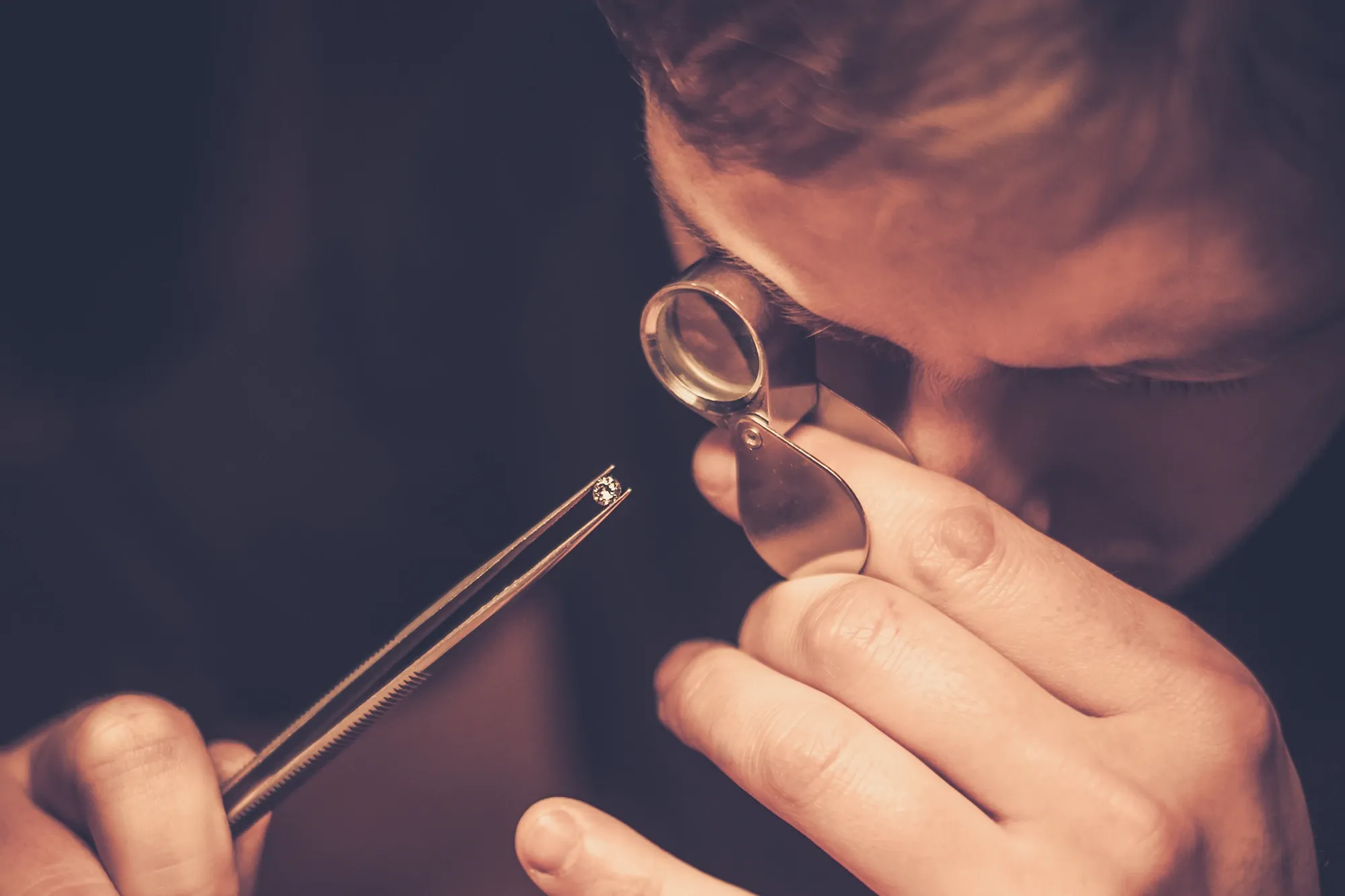
Clarity
We all have our flaws, and some are more obvious than others. The clarity grade a diamond is given is a measure of how many inclusions (internal flaws) and blemishes (external imperfections) it has, the position of those marks, and how they affect the appearance of the stone. These flaws are not necessarily obvious, as they are measured by how visible they are under 10-times magnification; the magnification of a standard jewelers loupe. Therefore some flaws are not visible to the naked eye, and whilst multiple inclusions will hinder the sparkle, you certainly don’t need an incredibly rare flawless diamond to deliver the brilliance and fire you’re after.
So don’t be too down on these flaws; they were created as the diamond was formed over millions of years, and they can help your dollar do more for you.
The GIA (Gemological Institute of America) diamond clarity scale has become the standard scale to categorize diamonds and you will see terms like VS1 and SI1 to explain how included a diamond is.

Clarity |
Grades |
|---|---|
| Internally Flawless | F, IF |
| Very Very Slightly Included | VVS1, VVS2 |
| Very Slightly Included | VS1, VS2 |
| Slightly Included | SI1, SI2, SI3 |
| Included | I1, I2, I3 |
In terms of clarity, the best ‘value for money’ diamond is one that is clean to the naked eye, and those graded in the VS categories have inclusions visible under magnification, but that aren’t readily obvious. You can even find eye-clean diamonds in the SI1 and sometimes SI2 grades, so if you want to get the biggest diamond for your money these grades can offer great value.
It’s important to note though, that the shape, cut and carat weight of diamond you choose may mean you need to go up the clarity scale. The different shapes affect how obvious inclusions are. For example, Emerald or Asscher shaped diamonds have a ‘step cut’ with rectangular facets which make inclusions more visible, so you should choose from the VS categories or above. And the larger the size of diamond, the more visible inclusions will be, so as you go up in carat weight so too do you need to go up the clarity scale.
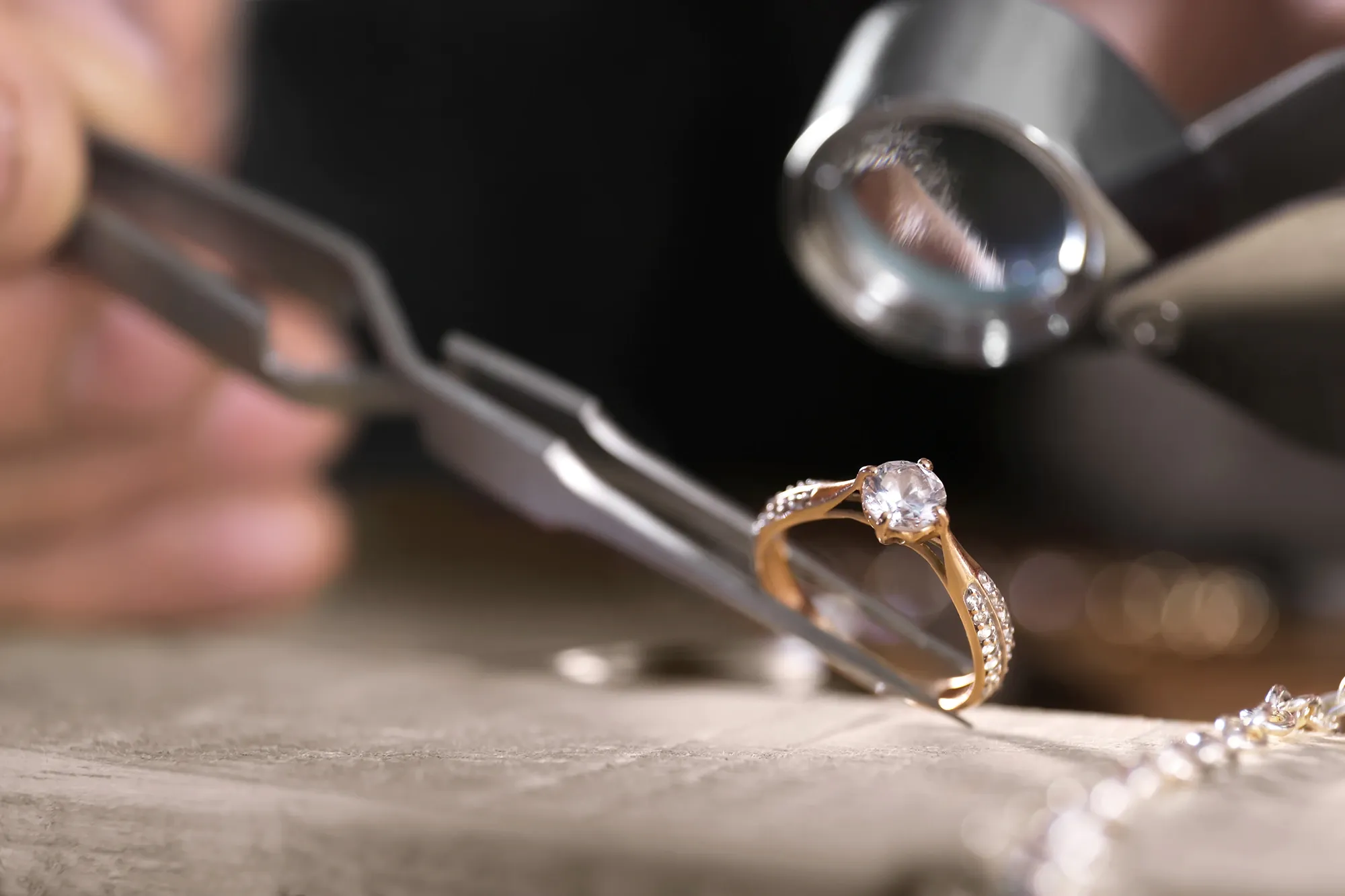
Color
We’re not talking about colored diamonds here, but the natural tint that many white diamonds display. Graded from D - Z by the GIA, D is completely colorless, like pure water, whilst Z has a distinctly yellow hue. Needless to say, the more colorless the diamond, the higher the price. Reputable vendors like James Allen and Blue Nile don't sell diamonds below an M grade, beyond which the color saturation really dulls your diamond.
But just how white does your diamond need to be? This in large part depends upon the setting your diamond will sit in. For a brilliant cut diamond in a platinum setting, too much color detracts from the sparkle, whilst a similar diamond with a lower color grade in a gold setting will still appear to shine bright, as it is contrasted to the warm yellow of the gold.
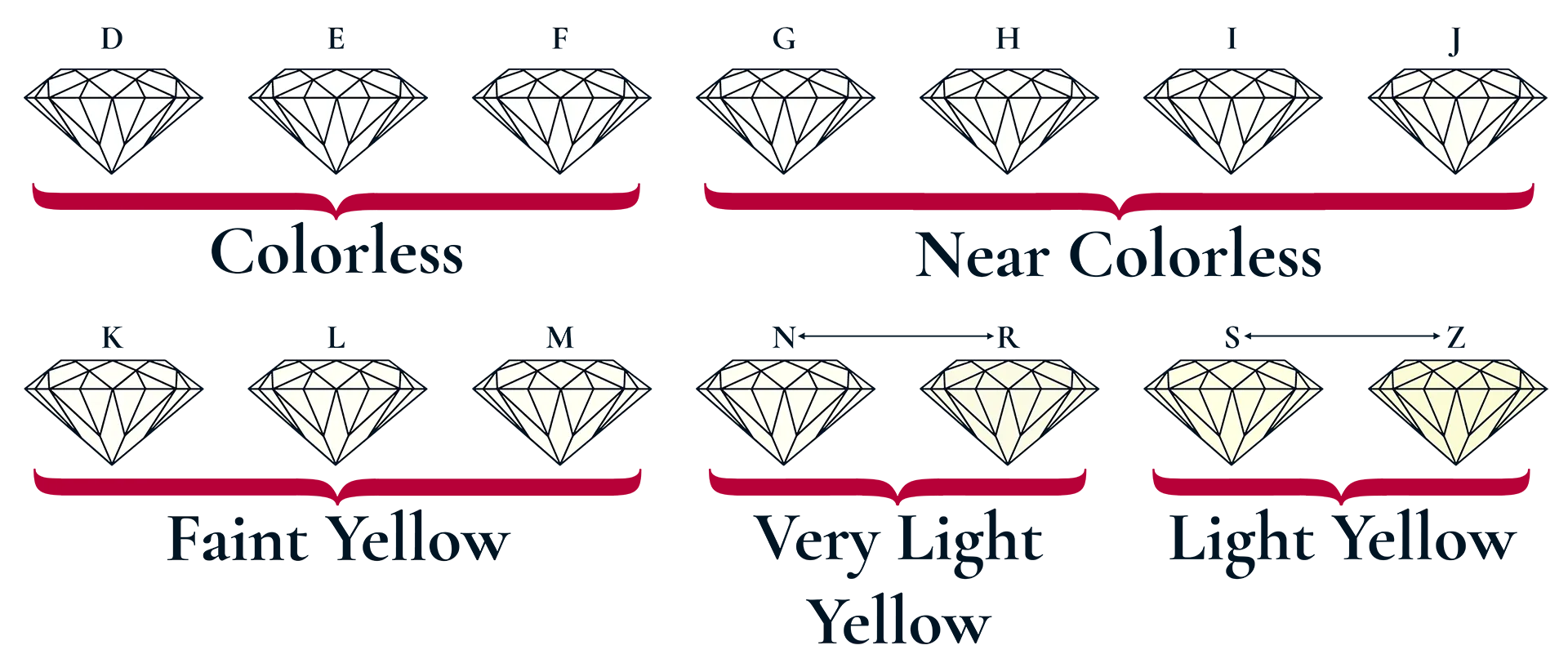
Note that fancy colored diamonds such as yellow, pink and blue are measured on a different scale, and are highly sought after.
Carat
Carat refers to the weight (not size!) of a diamond. Whilst you could broadly say that the higher the carat weight the larger the diamond, the size of a diamond also depends on its shape and how it is cut, rather than simply its carat weight. For example, two diamonds of the same carat weight can appear different in size if one has a shallow cut and one a deeper cut. Carat weight is probably the most widely referenced of the four Cs, but it’s not the most important - prioritizing the quality of the cut will ultimately get you a diamond with more sparkle, fire and wow factor than simply buying the biggest you can afford.
When it comes to carat weight, another wallet happy win is to look for diamonds just a teensy bit below the half carat markers that are so popular (1ct, 1.5ct, 2ct etc). Buying a 0.99 carat diamond will look no different to a 1 carat diamond, but won’t have the price premium attached to the most popular weights.
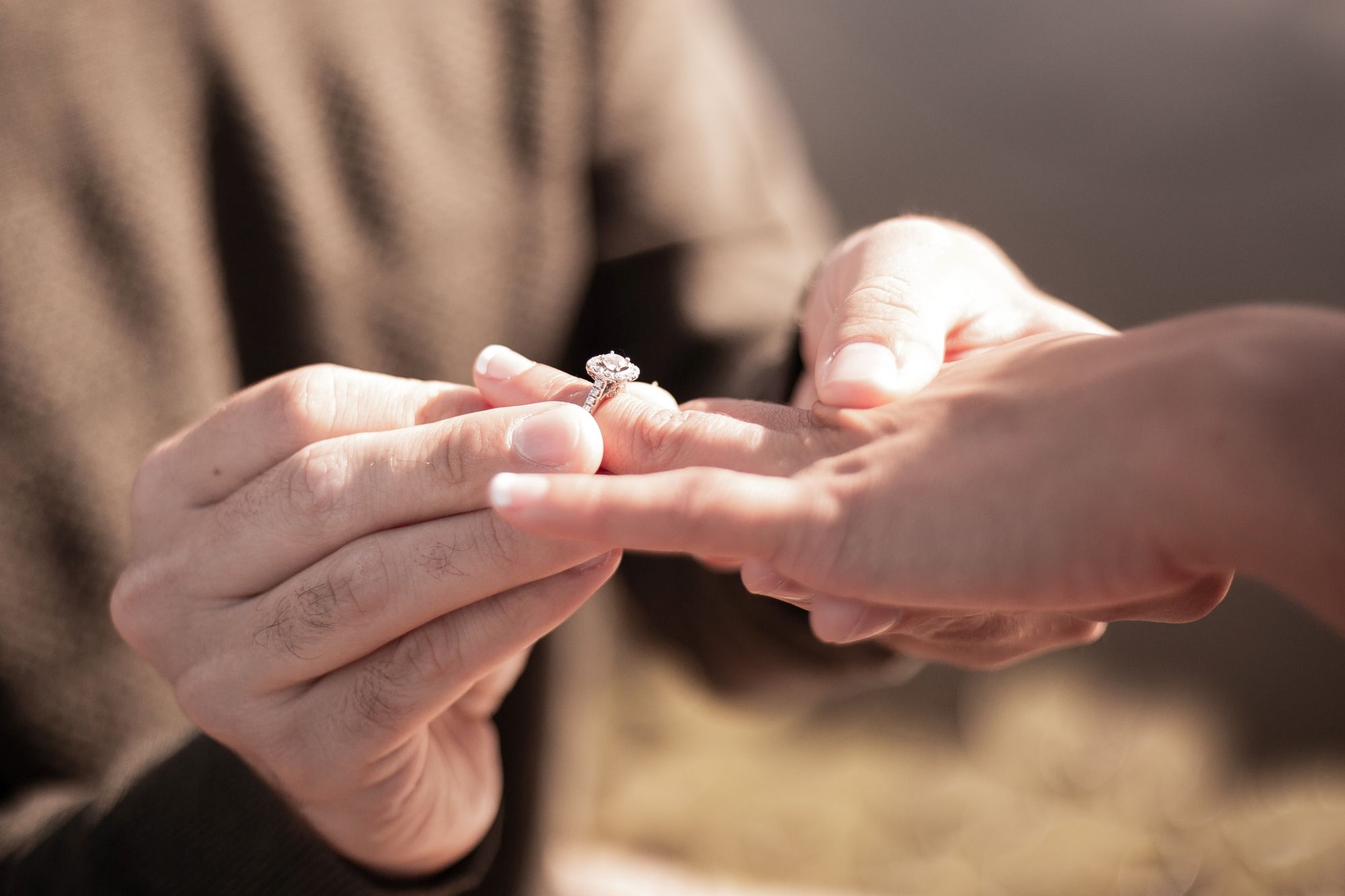
Now you know your 4Cs....
Make them work for you! The bottom line is that the most important thing to look for is a well cut diamond, and you can then make the clarity, color and carat work for you within your budget. In the hands of a skilled craftsman a raw diamond can be turned from rough stone to a diamond with such sparkle, scintillation and fire that it’s a joy to look at. And that’s what you're aiming for.

